Undoubtedly, the Alps are one of the best studied mountain ranges in the world. Appreciating their immense beauty and geological wealth can be difficult from the ground, given their vast scale and the inaccessibility of some of their more challenging peaks. Kurt Stüwe, along with alpine photographer Ruedi Homberger, set about changing this by undertaking the ambitious task of photographing the length of the Alps, from Nice to Vienna, in a small aircraft. The result is a compilation of stunning photographs that capture the magnificence of the Alps and contribute to a better understanding of their geological history.
The photo shows the Bifertenstock in the Glarus Alps looking east. The region in the middle ground is part of the “Tectonics Arena Sardona“, which is a UNESCO nature world heritage region featuring also the Glarus Thrust – arguably the most famous structure in the Alps. The rocks in the foreground of the picture are part of the Mesozoic (spanning ages between 252 and 66 million years ago) cover sequence that overlies the Variscan gneisses of the Aare Massif in eastern Switzerland. The 300 million year old Variscan gneisses can be seen in the lower reaches of the photograph on both sides of the mountain in the Linth valley (at left) and Rhine valley (at right). The distinctly orange dolomite (sedimentary carbonate rocks) bed separates gneisses from marine sediments.
In much of the Alps, the onset of deposition of Mesozoic sediments onto the Palaeozoic (Variscan) gneisses in the Permian and Triassic was the beginning of a prolonged period of sedimentation that lasted almost 200 million years until the Eocene. The sedimentation was the consequence of slow continuous cooling and thickening of the mantle part of the Adriatic lithosphere following dramatic lithospheric thinning events in the Permian. In the Jurassic this thickening ultimately led to negative buoyancy of the entire continental lithosphere and thus to the onset of intracontinental subduction inside the Adriatic plate. As such, the Mesozoic sedimentation may be viewed as the trigger of the Alpine orogenic cycle. In other parts of the Swiss Alps, these sediments were late sheared off their own basement and transported north forming the famous Helvetic nappes of Switzerland.
The photo was taken as part of a multiyear project in which the entire Alpine chain was photographed from a geological perspective from a two seated Piper Supercub aircraft. The present photo was taken on a late afternoon while returning from a photo flight in the Bernese Oberland back to Arosa. You can see more photos from the project on the project website.
By Prof. Dr. Kurt Stüwe, Earth Sciences Department, Graz University, Austria.
Reference
Schster, R. & Stüwe, K., Permian metamorphic event in the Alps, Geology, 36,8, 603-606, 2008
Imaggeo is the EGU’s open access geosciences image repository. Photos uploaded to Imaggeo can be used by scientists, the press and the public provided the original author is credited. Photographers also retain full rights of use, as Imaggeo images are licensed and distributed by the EGU under a Creative Commons licence. You can submit your photos here.

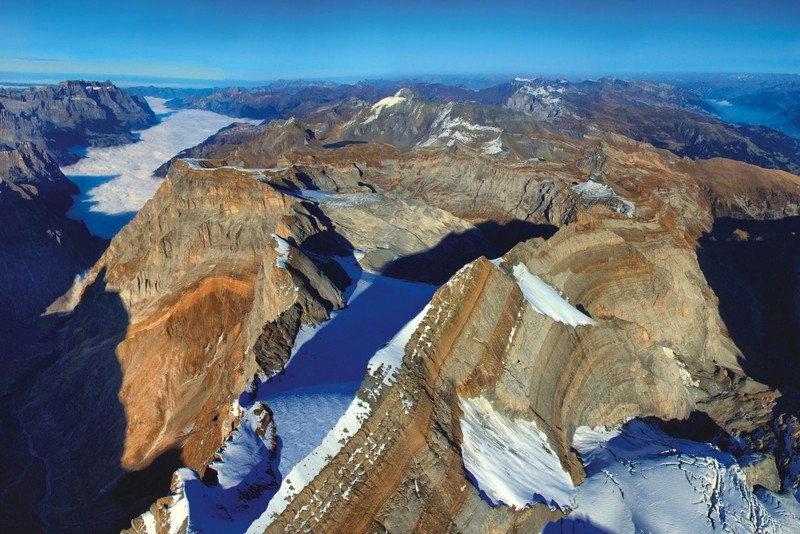
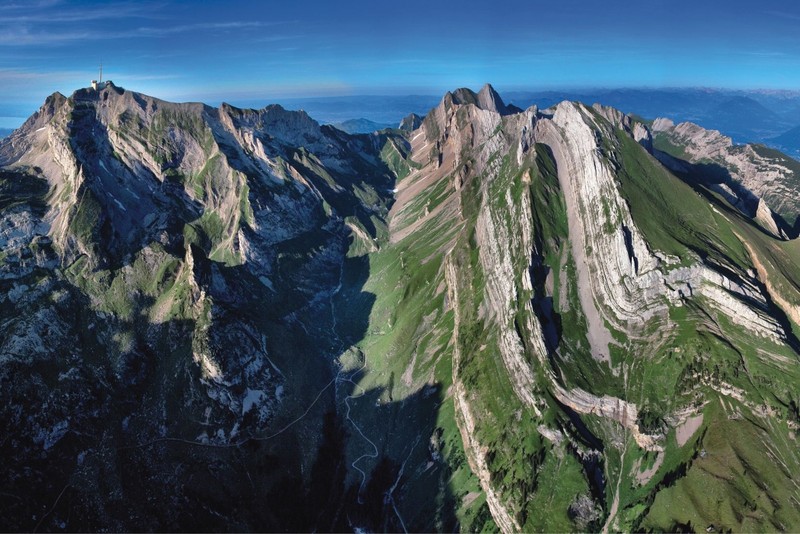
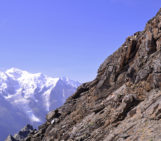
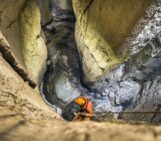
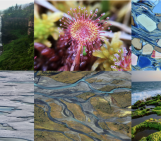
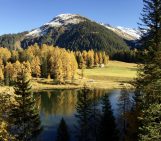
Pingback: GeoLog | Imaggeo on Mondays: A fold belt within a grain